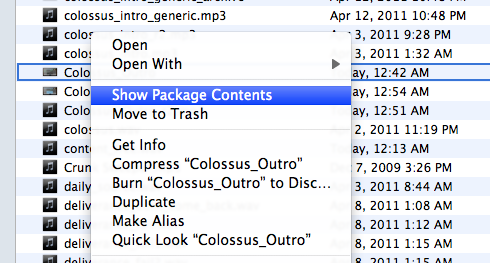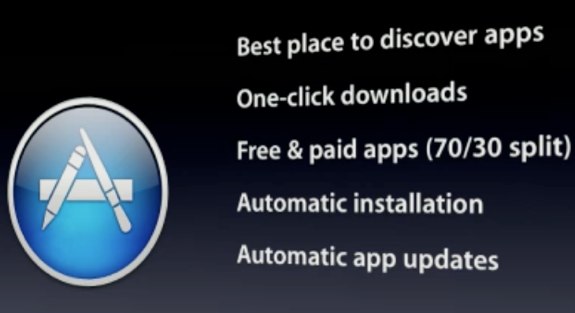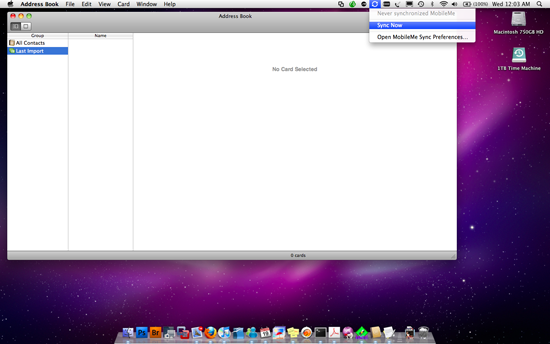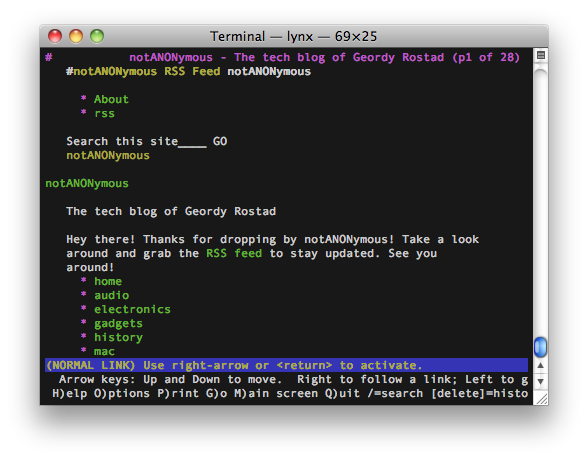
I’ve owned an iPod touch for about four months now. Already it is an indispensable piece of equipment that I use many, many times every day. For years I resisted the lure of an iPod because I thought of it as a glorified mp3 player. 100% not true. In fact I don’t have any mp3’s on mine at all. Just some podcasts and a few awesome apps. I have not bothered to jailbreak my device because I don’t think it is necessary. I plan to get an Android phone this summer when the Supersonic comes out and I plan to root that for my extra-functional fix. Here are a few of the apps that I use all the time and couldn’t live without now:
Logmein Ignition – The ultimate app for the iPhone/iPod. This allows you to remotely log in to your desktop or laptop computer and control anything on the screen possible. If you have multiple monitors, shake it to switch screens. Your mouse pointer stays in the middle of the screen and you move your desktop behind it. Use gestures to zoom in, zoom out, scroll and more. Best part is that it caches your login and password so you can jump right into your desktop quickly. Control your Mac or Windows machine with this app. It’s $30 but worth every penny and it works with the free version of logmein.
WordPress – This app allows you to blog right from your iPhone or iPod. It ties straight into your admin panel and lets you skip the login if you like. Great for when an idea strikes you and you are nowhere near your computer. You have to toggle a setting in the admin panel to set it up but that’s easy.
Grand Theft Auto: Chinatown Wars – This game is a surprisingly good milepost in the series. For a long time I judged it by the screen shots but it actually plays much better than you would think. It has a good story and is well tweaked for the mobile platform. Autosaves occur after every mission and you can put your iDevice to sleep in the middle of anything and when you come back, things will be as you left them. It’s not nearly as involved as a ps2 or ps3 version but it’s a good little time killer when you have a few minutes.
Katamari Damacy – This game seems like a natural for this platform. If you haven’t played it before, I strongly urge you to try it out. If you have a ps2, do yourself a favor and grab the very first version of Katamari Damacy. This game is simple in concept. You roll a ball around an area and it gets larger as you roll over things. The cubist art style makes the game more interesting and amusing. I do wish you could switch between tilt controls and on-screen but other than that, this is one of my favorite console games so it’s nice to have it on the go.
O’Reilly books – The same O’Reilly books that are down at the bookstore for $20-$60/ea are available from the app store for $3-$5/ea. I think that’s fair. I’ve bought 3 of them so far and they are great. For something like a programming language reference book these are especially nice since they are searchable and bookmarkable. My only complaint is that in some of the books, the comments in the code samples get cut off for some reason. Still, for $5 I’m not complaining at all. It’s also nice to be able to fit a respectable O’Reilly library right in your pocket and always have it at your fingertips.
Speed Test – I use this app all the time. It allows you to see how good (or bad) your internet connection is. It also logs it along with a GPS coordinate.
FlowChat – IRC in my pocket. If you thought IRC was dead and that twitter has taken it’s place, think again. It’s live and kicking. Most of the IRC networks I used to use in the 90’s are still there but irrelevant now in my opinion. The server that seems to have the topics most interesting to me is Freenode. If you jump on there, you’ll probably find me in #zipit. I have not tried the competitor to Flowchat, Colloquy but I use Colloquy on my MacBook Pro and it works well on there so that might also be worth a look.
This list is by no means exhaustive but those are my top choices. Honorable mentions go out to Twitteriffic, Kindle, Amazon, RingCentral, pTerm & Skype. Please post in the comments if you have any cool apps that you can’t live without.








